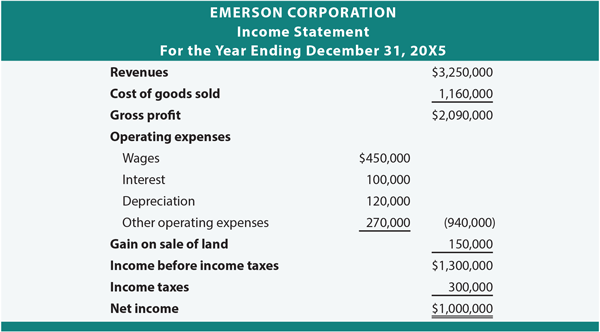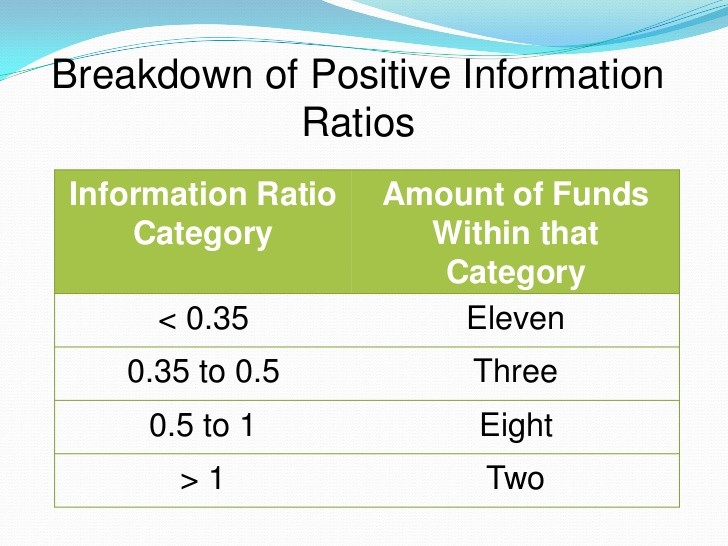Analyzing The PriceToCashFlow Ratio_1
Post on: 11 Апрель, 2015 No Comment

Price/Free Cash Flow Ratio: What It Is and How It Works
Key Points
1. Cash Flow is a measure of how much cash the company is gaining or losing. Some see it as a more honest, or pure, measure of profitability than earnings.
2. There are two types of cash flow measures that are commonly used: operating cash flow and free cash flow. Operating cash flow measures cash from operations; free cash flow measures cash from operations minus cash spent for new equipment. Free cash flow a more strict measure; basically, it attempts to calculate how much money is leftover for shareholders after all business-related cash expenditures are accounted for.
Mathematically, the calculations are as follows:
Operating Cash Flow = Revenue — Operating Expenses — Cost of Goods Sold + Depreciation — Taxes
Free Cash Flow = Revenue — Operating Expenses — Cost of Goods Sold + Depreciation — Taxes — Change in Working Capital — Capital Expenditures
As an example, imagine a lemonade stand with the following attributes for the past month:
- It earned $40 in sales
- The cost of cups, lemons, and sugar are the cost of goods sold; for the month, they equaled $8
- Suppose they need to pay for lights and chairs. These are operating expenses, as they are not related to the cost of goods sold, but they are related to running the business. Suppose they spend $12 on such expenses.
- In total, they have $20 worth of sales in which they have not yet recieved payment (they have extended credit to customers). They do not owe anyone any money. Last month, they owed $4 and had $10 worth of payments that were due from customers.
- They are growing and are investing in a new lemonade stand across the street. To get the sign, they spent $10.

The FCF calculation for this business for its past month is as follows: 40 — 8 — 12 — (20 — 6) — 10 = -4
The (20-6) is the change in working capital, which is basically (in our simplified model) the change short-term receivables — short-term payables.Since they paid debt this month, they sent cash out, and since they had more sales on credit, those sales need to be subtracted from the revenue (since they have not received cash for them yet; when cash is sent for them, that will be recorded as a favorable change in working capital and cash flow measurements). This example illustrates how a business with growing sales and reasonably low operating costs may still have negative cash flow. Such instances may not be a problem if the business can collect payments for sales easily and has cash on hand, but for value investors, understanding the details can help greatly in formulating an opinion on the company.
3. To calculate the the price/cash flow ratio, we can simply divided the market capitalization by the operating cash flow or the free cash flow — whichever we are attempting to calculate.
4. As is the case with the price/earnings ratio, inverting price/cash flow ratios — so viewing them that as cash flow/price ratios — allows us to measure how much we as investors are paying for future cash flows relative to how much we would be paying for other yields — namely bonds. This lets us create a framework by which we can evaluate how much we are getting compensated for the risk we are taking by investing in the company.
5. Generally speaking, a lower price/cash flow ratio is indicative of a stock that is on sale. However, companies with dim prospects for growth may also be given low price/cash flow ratios.
6. Price to free cash flow ratio could have some predictive value. From 1995 to 2014 in US markets, stocks in the top 20% of price/free cash flow ratio significantly outperformed the S&P 500 (some other conditions were added to shift the focus to larger stocks). This study from FatPitchFinancials elaborates.
7. To scan for stocks based on their P/FCF ratio, I use the GuruFocus scanner . It is a premium product, with the price starting at $349 per year. There are some free scanners, like the one offered at Google Finance, as well as other premium scanners from companies like YCharts. You can see more conversations about scanners in our market scanning archive .
Links to Help You Learn More About the Price to Cash Flow Ratio
fatpitchfinancials.com/2278/price-free-cash-flow-ratio-backtest/














